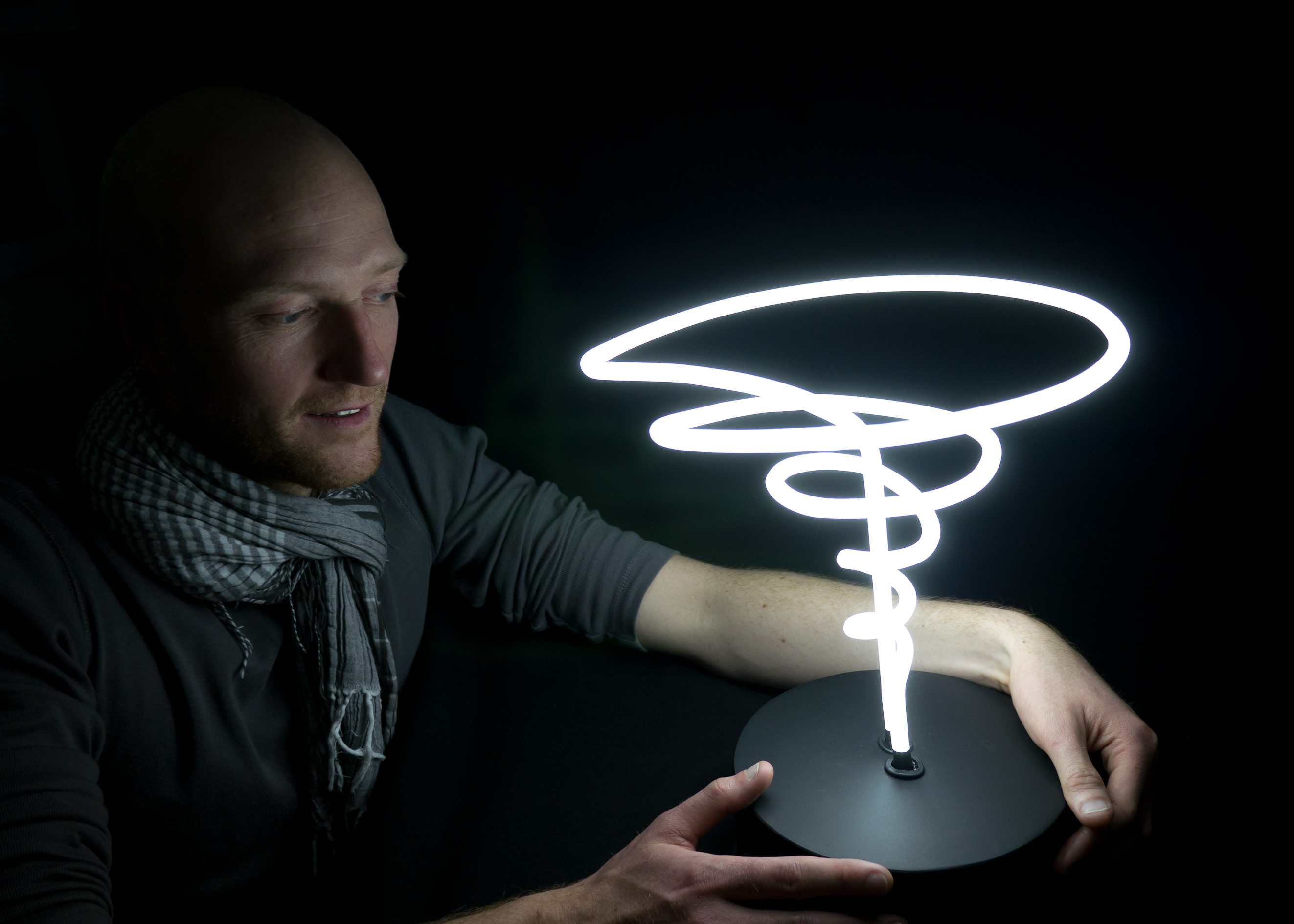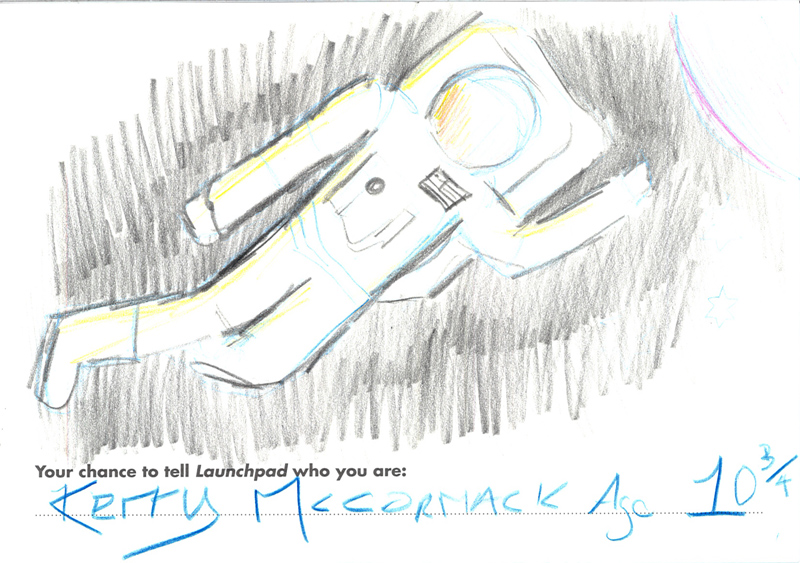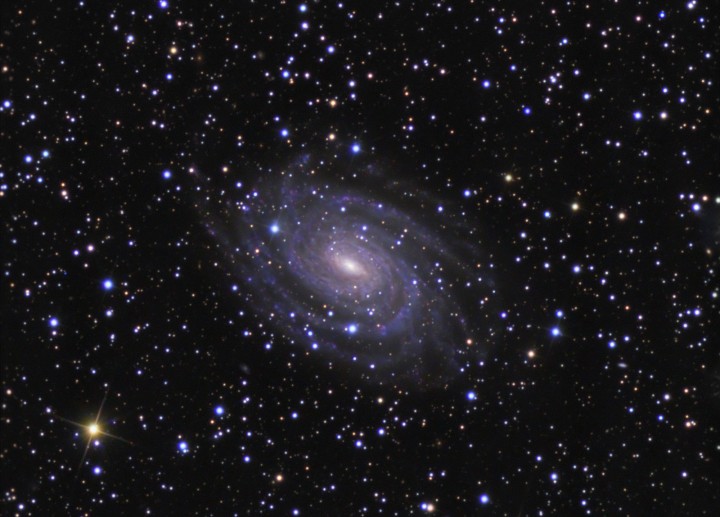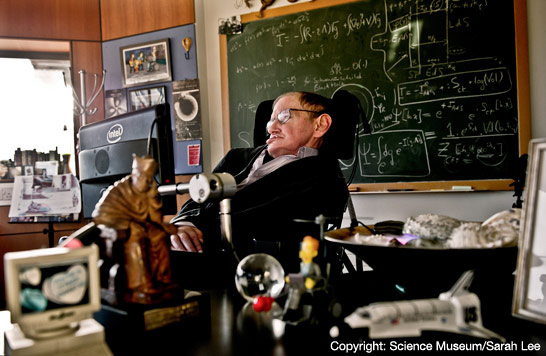The 14 February 1876 is a very significant date in the history of the telephone. On that day both Alexander Graham Bell and Elisha Gray filed papers with the US Patent Office for a working telephone. Following a dispute Bell’s patent was granted and published on the 7th of March 1876. Recently some historians have suggested that the dispute may have been resolved so quickly because Bell found a way to incorporate some of Gray’s ideas into his patent applications – but what could […]
There’s more to the relationship between fire and music than simply bad metaphors and innuendos, as I learnt this week at Blythe House. In a dark corner of the Science Museum’s storage facility sits a small, awkward-looking wooden box with intriguing glass pipes sprouting out of it. However, this unassuming little object just so happens to be one of the world’s last remaining pyrophones, an instrument which, as the name suggests, combines fire and sound! Patented by the Strasbourg-born musician and scientist Fréderic […]
Today, people around the world are celebrating Charles Dickens’s 200th birthday. Hopefully they’ll enjoy themselves more than Dickens himself did on a youthful birthday outing: ‘Slow torture’ … ‘it was awful’ … ‘very alarming’ … ‘I thought if this were a birthday it were better never to have been born’. Dickens looked back on this beleaguered birthday in an All the Year Round article of 1863. The subject of his ire was an astronomical lecture, a popular entertainment of the time. The young […]

Behind the scenes at Beyond the Stars, an audiovisual journey through space fimed live at the Science Museum. Find out what really goes on behind the scenes of a live orchestral recording.

Find out what robotic lobsters and genetically engineered bugs have in common in our new game Futurecade
When I was asked to help develop ideas about early radio broadcasting for a proposed new gallery at the Science Museum I soon realised that I needed help to build up my knowledge quickly. I began with the usual resources – I read some books, looked online and scoured our collection for likely looking objects to explore. While all of these resources could provide me with a technical understanding of the history of radio, I struggled to get a grasp […]

Mark Champkins our Inventor in Residence talks about the inspiration behind the ‘black hole light’ he created for Stephen Hawking’s 70th birthday.

Astronauts, rockets and multi-coloured stars – visitors to our Launchpad gallery seem to have space on the brain.
These days John Hunter (1728-1793), the celebrated surgeon, anatomist and collector, lies safely buried amongst the great and good in Westminster Abbey – not far from the likes of Ben Jonson, David Livingstone and Robert Stephenson. This was not always the case. For over 60 years, his body lay in the vaults of London’s St Martin-in-the-Fields church. Only in 1859, when the vaults were being cleared for public health reasons, were Hunter’s remains reinterred in their current prestigious place. This transfer was […]

If you were setting out on a journey to space what would your soundtrack be? For one night only on Thursday 26 January the Science Museum will be exploring just that.

As part of the Science Museum’s celebration of Stephen Hawking’s 70th birthday, leading contemporaries have paid tribute to his remarkable impact on the field of cosmology.
Despite many years as a curator, the sheer variety of objects tucked away within our medical collections can still surprise me. Collections that are also so large that, despite a strong presence within the public displays at the Science Museum, only around 5% of our medical objects are on show at any one time. Inevitably, some categories of objects have a higher public profile than others. For example, while the eagle-eyed visitor to the Science Museum’s galleries may spot a snuff box […]